Recycling in Aarhus
In 1978, Denmark introduced the world’s first law on recycling, stating that at least 50% of all paper and beverage packaging should be recycled. This was the first step in a journey towards becoming amongst the top recyclers in Europe.
However, for us internationals, it could be quite confusing to come and live in an environmentally conscious country like Denmark at first. Here in Denmark, each city has their own rules for sorting and recycling waste, and they are constantly improving the system. And even some locals don’t know all the details about recycling!
Although recycling is a complex subject, knowing the basics and remembering simple rules will be enough for your daily life.
In the city of Aarhus, you must sort your waste and dispose of it in the waste bins where you live. You can also dispose of your waste at one of the recycling stations or get your bulky waste collected for free.
Sorting daily waste
Paper and small cardboard items
Danish: Papir og småt pap
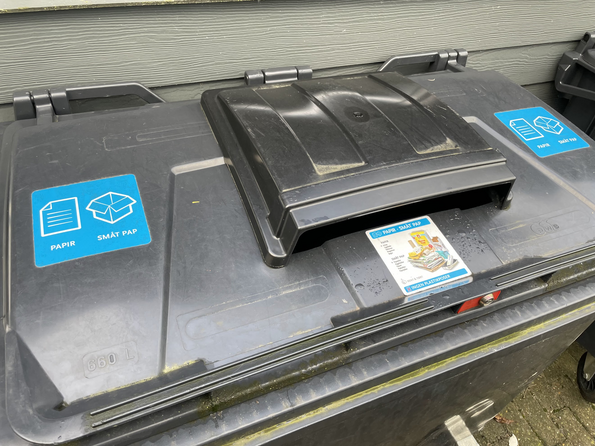

All the clean and dry paper and cardboard belong to this category. Notice dirty things like sandwich paper, milk cartons, and napkins do not belong here.
The paper and cardboard you put in the containers will be transported to plants and become part of the new paper/cardboard products.
Glass, plastic and metal
Danish: Glas, plast og metal

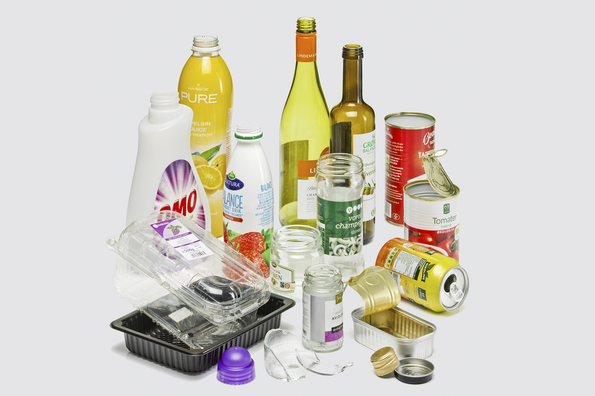
The bottles and cans should be emptied and rinsed before being put in the container.
Plastic bags, cling foil, and other soft plastic items do not belong here. Neither do light bulbs, spray cans, or coffee capsules.
The glass, plastic, and metal (like the paper) will be sorted, crushed, and remelted to become new glass, plastic, and metal items.
Residual waste / General waste
Danish: Restaffald / Affald
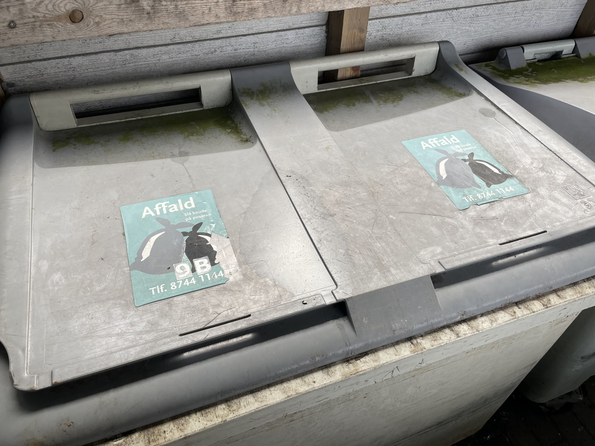
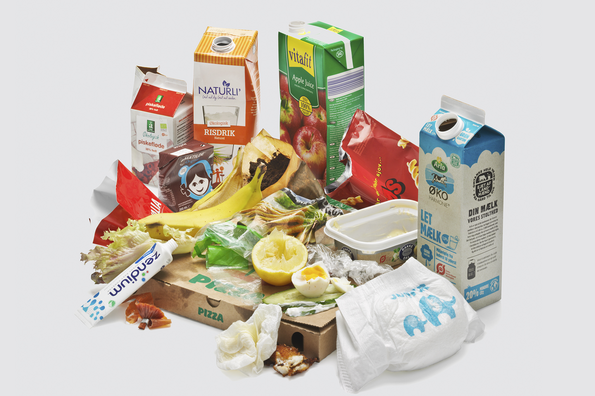
Put all dirty things and other not yet mentioned items here. They will be burned and the energy from the process will be used to produce electricity and heat, while some of them will be sorted out and used in road construction.
Other waste and the recycling centres
Batteries
Batteries can be harmful to the environment. Therefore, they must be handed in separately so that they can be disposed of correctly. If there is a small container with a sign/picture of batteries on it beside the other waste containers, put them in there. If not, you can simply collect the old batteries in a clear plastic bag, tie a knot on the bag, and place it on the lid of the container for paper and cardboard.
Hazardous and bulky waste
Paint and glue, spray cans, chemicals, and insect and plant poisons are common hazardous waste. You should find a recycling centre to deal with them. Read more about hazardous waste here.
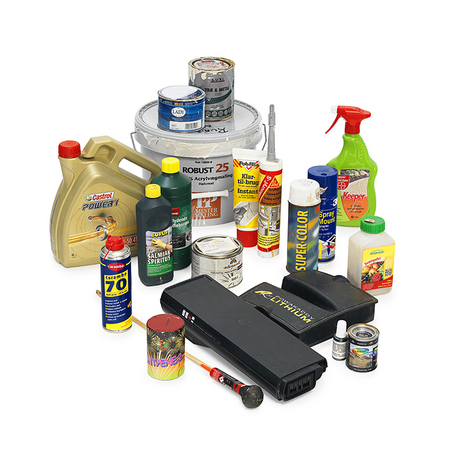
However, paint, glue, batteries, and spray cans can also be packed in clear plastic bags and be treated together with bulky waste. Bulky waste covers items such as furniture, electronics, appliances, big plastic and cardboards, etc. There is usually a room for bulky waste in your neighbourhood as is shown in the picture below – just ask your neighbours if you can't find it.

You can also order a garbage truck and have your bulky waste picked up for free. See more information about bulky waste here.
Recycling centres
The Municipality of Aarhus runs six recycling centres where you can get rid of almost all waste for eco-friendly recycling or processing. There will be signs and staff guiding you on how to sort your waste, and they are open on both workdays and most holidays! Find your nearest centre here.
REUSE and thrift shops
REUSE is a different kind of recycling station where bits and bobs get a second chance instead of going to waste. At REUSE you can hand in items and furniture for others to pick up for free.
You can also find a special REUSE container in all of the six recycling centres. The items you put in the containers will go to REUSE and be placed on the shelves there.
There will also be fun events at REUSE from time to time. For example, you can get assistance in repairing your bike, make flowerpots, or even make funny costumes for carnivals out of recycled materials. Check it out in their Facebook page. You can also be a volunteer at REUSE. Find more information here.
In Aarhus, there are a lot of thrift shops (second hand shops) where you can buy super cheap things, and sometimes of fairly good quality! Search "genbrugsbutikker" in Google Maps.
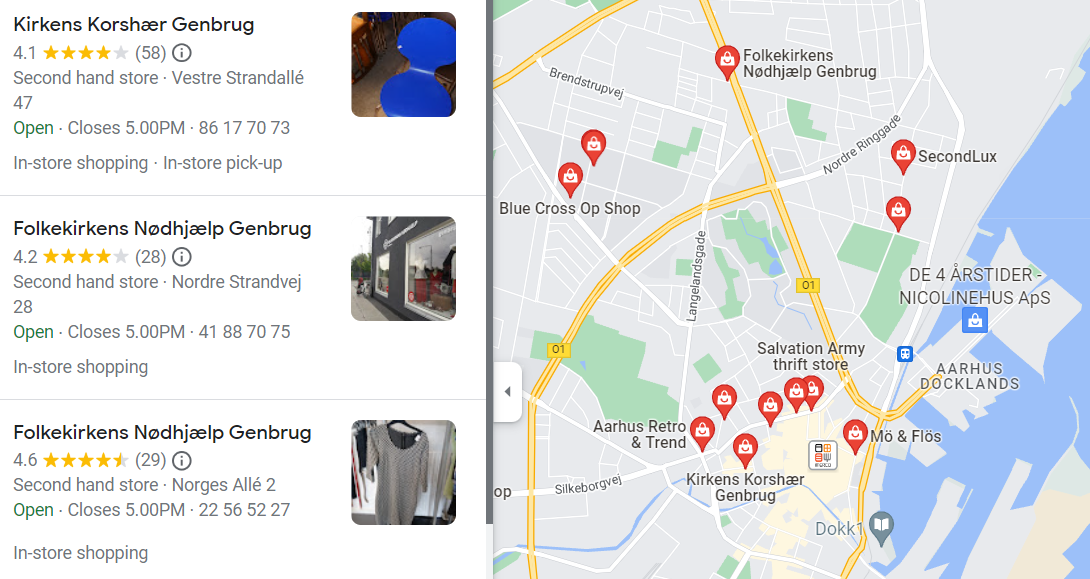
PANT
'Pant' is a Danish system for recycling cans and bottles. Each time you buy drinks in cans or bottles with a deposit mark, you pay a deposit named 'pant'.
You get your deposit back by returning empty cans and bottles using reversed vending machines in your local supermarket. After depositing them, you can use the receipt while paying at the supermarket to get a discount on your purchases.
The Danish deposit mark is a series of dots under two arrows in a circle. The letter in the deposit mark indicates how much you pay and therefore how much you will get back when returning the bottle.
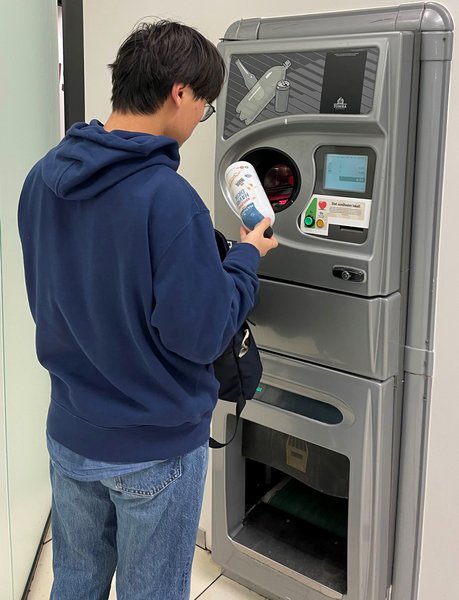
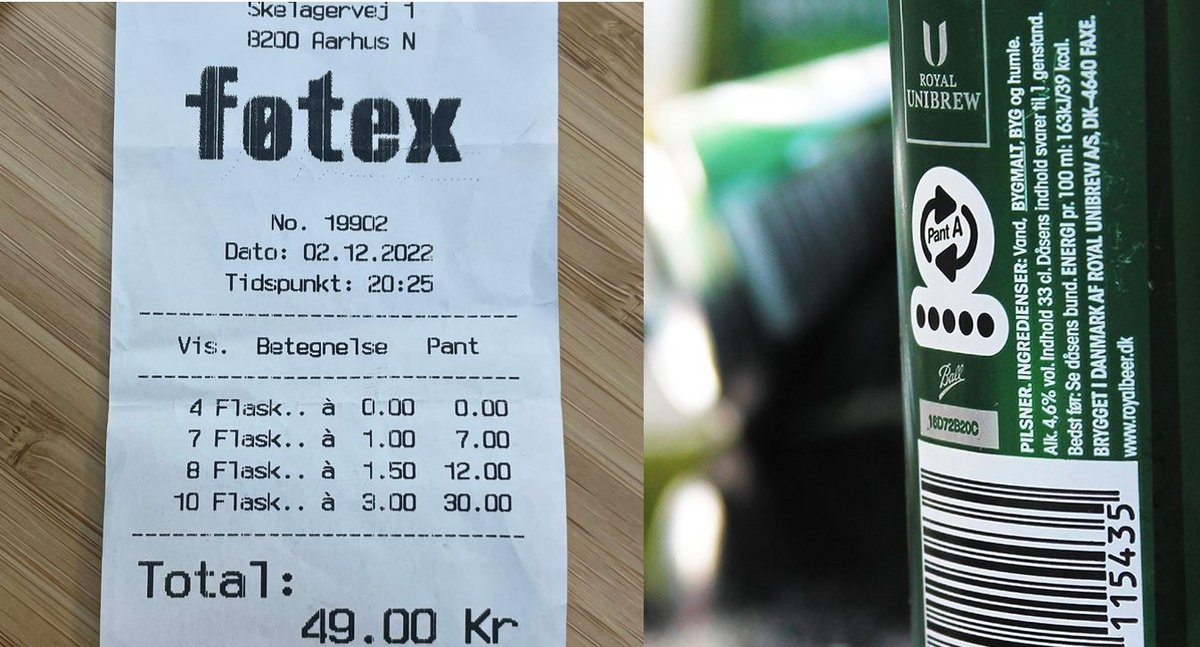
Final tips
Here is a small concise sorting guide for your convenience: https://www.kredslob.dk/media/bi4bz0kb/pizzaliste_engelsk_2019.pdf.
And more details can be found on the website https://www.kredslob.dk/produkter-og-services/genbrug-og-affald.
